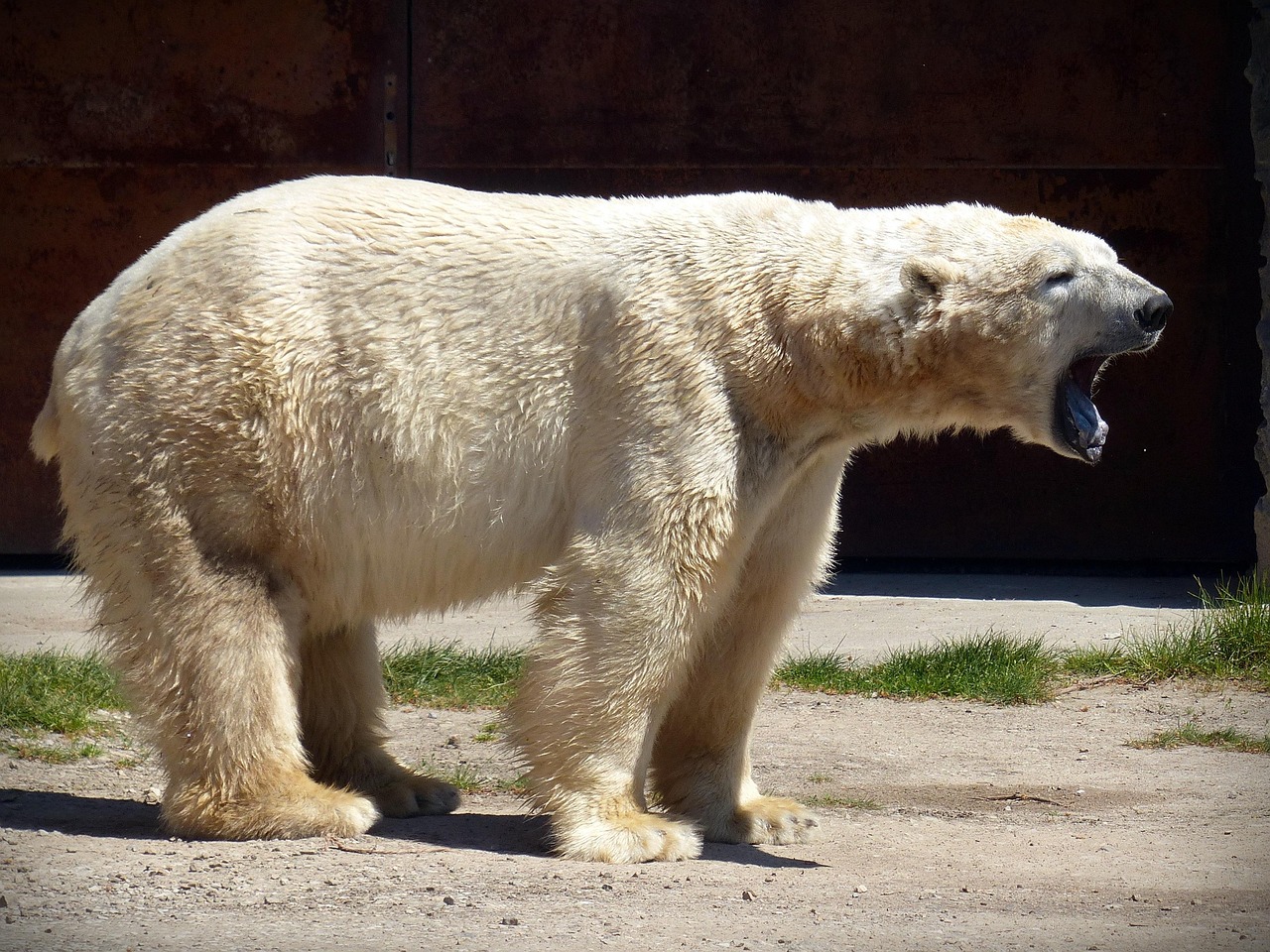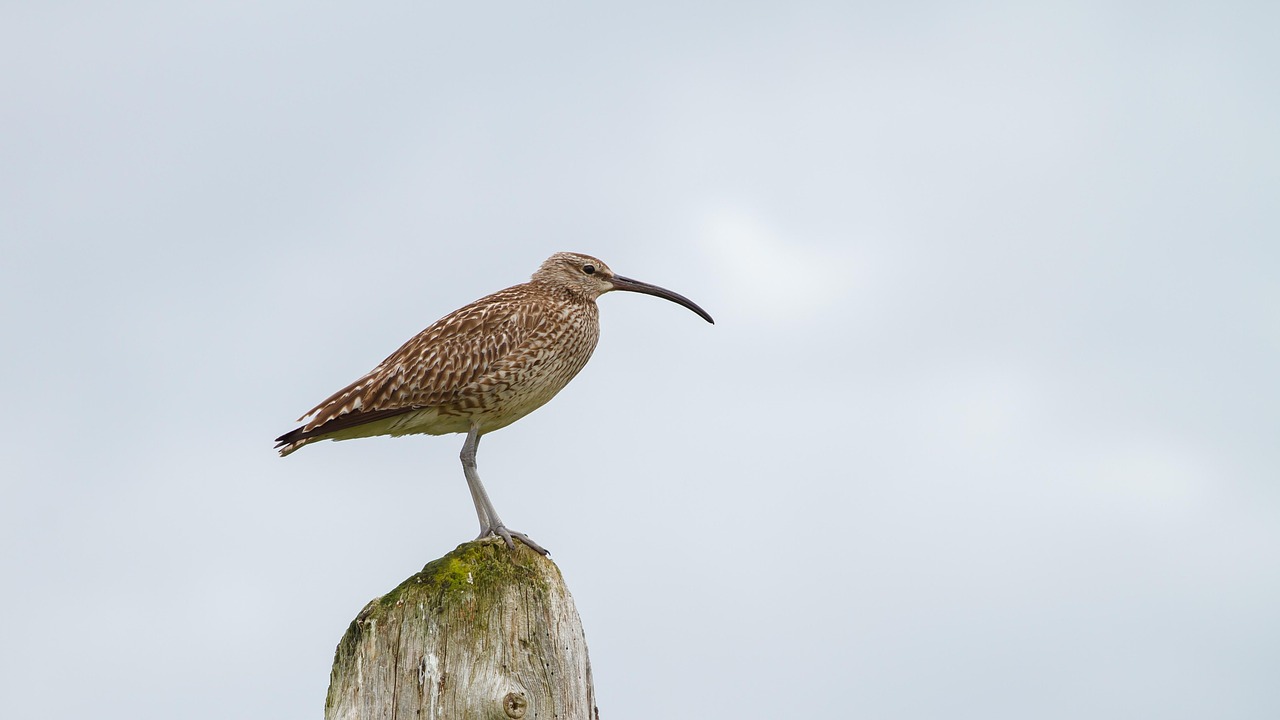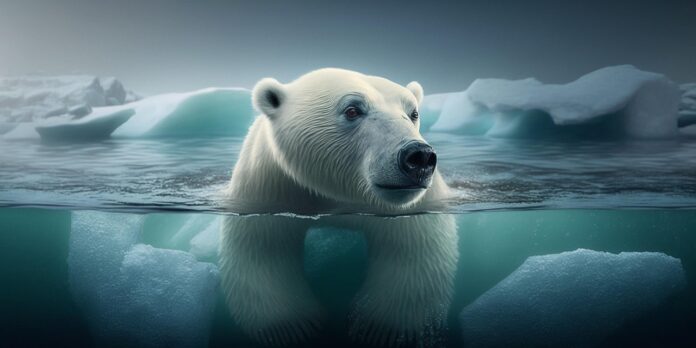Our thoughts about climate change often conjure images of ice caps melting, disastrous wildfires, or elevated sea levels endangering coastal urban areas. However, the severe and distressing global warming on wildlife around the world is often neglected. Climate change is altering the worlds of species ranging from majestic creatures in icy habitats to small species hidden in rainforests, in ways that most people are not even aware of. The impact of global warming effects on wildlife goes beyond being merely an environmental issue; it serves as a moral wake-up call and an appeal for us to rethink our decisions and effect meaningful change.
Although humans can move, adapt, or seek refuge when their habitats become less hospitable, wildlife cannot. They are compelled to remain and manage evolving circumstances, which endangers numerous species and puts them at risk of extinction. This crisis is escalating — and ignoring it is not an option. This article will explore the most astonishing impacts of climate change on wildlife, revealing lesser-known stories and underscoring the immediate need for our action.
Rising Temperatures Disrupt Habitats
Rising temperatures are altering wildlife habitats, one of the most severe effects of global warming on these species. For example, the Arctic is heating up at a rate that is faster than almost all other areas on the planet — as much as double the global average — resulting in tremendous strain on its fauna. Due to the thinning of sea ice, polar bears—the emblematic animals of the Arctic—are losing their frigid hunting grounds. Their capability to travel, hunt seals, and raise their young is endangered without adequate ice. This imposed alteration of lifestyle causes many bears to become stranded, weakened, and exposed to danger, jeopardizing their future.

Increasing temperatures impact not only organisms that live in frigid climates. Due to erosion and rising water levels, coastal birds are losing their nesting sites. Certain species, such as the endangered piping plover, depend on sand dunes for nesting — yet due to climate-related erosion, these locations are being lost more quickly than the birds can adjust. This serves as a striking illustration of the intense stress that climate change is inflicting on animals worldwide.

Moreover, numerous species are compelled to migrate to higher altitudes or further toward the poles in pursuit of sustenance and shelter. This large-scale migration interrupts their routines, mating habits, and ability to bond with partners, thereby increasing the stress on their already fragile survival.
Impact on Food chains and Ecosystems
The impacts of climate change extend beyond just a few isolated species; wildlife is experiencing the impact of global warming, which is infiltrating entire food chains and jeopardizing the equilibrium of numerous ecosystems. This occurs when food sources are limited or interrupted. For example, numerous freshwater lakes are experiencing temperature increases that lead to a significant decline in insect larvae — an essential food source for freshwater fish — resulting in repercussions throughout the food chain and impacting larger predatory species.
In their quest for nourishment, certain species are compelled to cover increasingly longer distances, which exposes them to heightened dangers of predation and illness. This can weaken their health and reduce their numbers, leading to ripple effects throughout the entire ecosystem. Long-established relationships within food chains are abruptly interrupted, increasing the vulnerability of many species to additional stressors.
For instance, in the Pacific Northwest, rising water temperatures are impacting the migratory routes of salmon — an essential food source for bears, orcas, eagles, and many other species. These species find it difficult to survive, reproduce, and rear their offspring without plentiful and dependable food sources. This demonstrates the interdependence of the food chain and reveals how the impacts of climate change can echo extensively.
Shocking and Unanticipated Effects
Some effects of global warming on wildlife are not only dramatic but also bizarre and alarming. There is a worrying trend of species undergoing unusual side effects from climate change that scientists have not encountered before. For example, the process of determining the sex of turtles is affected by the sand temperature while they are being incubated. Due to increasing temperatures, there is a significant overabundance of females in many turtle nests, jeopardizing the stability of their future population.
Moreover, the disease is affecting wildlife that was once protected by a stable climate. As temperatures rise, viruses, fungi, and parasites can thrive in new regions. This can jeopardize the health of species that were previously resilient and contribute to mass die-offs. Moreover, unusual behaviors can arise from climate-related stress, including disorientation, disrupted migration patterns, and increased aggression between species. Researchers have recorded instances of birds struggling to navigate southward, whale sharks found far from their usual paths, and monkeys fighting over limited resources — all indications that climate change is profoundly altering their environments.
Conservation Efforts and What We Can Do
Even though the impact of global warming on wildlife can appear to be insurmountable, an increasing number of dedicated people, groups, and governmental bodies are rising to effect change. Researchers are creating new strategies to support at-risk species, which range from habitat preservation to nest relocation on elevated terrain. New technologies such as satellite monitoring and drone surveillance are being utilized by conservation groups to monitor and safeguard endangered wildlife and their habitats.
By bolstering laws and safeguarding extensive, interconnected habitats that allow for the safe movement of wildlife in reaction to changing circumstances, policy makers can greatly influence conservation efforts. This consists of preserving wildlife corridors, minimizing human-wildlife conflict, and protecting forests, grasslands, and wetland habitats — all of which serve as refuges for many species.
At the community level, we have many options as well. We can alleviate the burden of climate change on wildlife by lowering our carbon footprint through energy conservation, opting for sustainable food sources, water conservation, and waste reduction. Moreover, contributions to groups that support wildlife, involvement in citizen science projects, or merely raising awareness can significantly impact the conservation of species for future generations.
The impact of global warming on wildlife is a serious and escalating concern — a crisis we must not overlook. Climate change is altering the way wildlife lives, from disrupted food chains and breeding habits to mass migrations, disease, and unusual behavioral patterns. The narratives discussed in this piece shed light on only a handful of the numerous challenges that wildlife confront as a result of climate change — challenges that will intensify in the coming years if we do not unite to take action now.
It is as much a moral challenge as it is a scientific or policy one. We need to understand that we aren’t the only beings inhabiting this planet — wildlife coexists with us, and their fate is linked to ours. Let’s contribute to lightening their burdens. Back laws and groups that assist wildlife, lessen your carbon footprint, and promote awareness of climate change. Every little deed counts, and collectively we can create a significant impact for the beings we cherish.
🔹 Frequently Asked Questions (FAQ)
Q1: What is global warming?
A: Global warming refers to the long-term warming of the Earth’s climate, predominantly due to human activities. This includes burning fossil fuels, deforestation, and industrial emissions — all of which contribute to a dramatic increase in greenhouse gases in our atmosphere. This, in turn, is causing temperatures to rise and climate patterns to become less stable, affecting both humans and wildlife.
Q2: How does climate change affect wildlife?
A: Climate change, or global warming, disrupts wildlife in numerous ways. Rising temperatures undermine their habitats, food chains, breeding patterns, and migration routines. Some species may become stranded, suffer from disease, or even face extinction due to these dramatic environmental pressures.
Q3: Which species are most at risk due to climate change?
A: Some of the species most vulnerable to climate change include polar bears, sea turtles, piping plovers, salmon, and numerous insects and birds. However, many species across the globe are experiencing stress and population decline due to a changing climate.
Q4: What can we do to help wildlife affected by climate change?
A: We can make a significant, positive impact by reducing our carbon footprint (conserving energy, recycling, choosing sustainable products), donating to wildlife organizations, conserving habitats, spreading awareness, and urging policy makers to implement strong legislation to protect vulnerable species.
Q5: Is climate change reversible?
A: While some effects of climate change are irreversible, we can slow down its progression and avoid catastrophic impacts by reducing greenhouse gas emissions, conserving nature, and developing adaptation strategies for wildlife. Every action we take today helps protect the future of both wildlife and our own species.
Take a moment today to learn more about climate change and its effects on wildlife. Support organizations that are conserving habitats, reducing human-wildlife conflict, and strengthening legislation to protect vulnerable species. Share this article with friends and family — raise your voice for the creatures that cannot speak for themselves. The future of wildlife — and our own — depends on the choices we make today. Subscribe our page QUICKNEWSFEED.COM
